In today’s B2B landscape, decision-makers aren’t just listening to brands—they’re listening to people. Not celebrities or social media stars, but real experts: engineers, analysts, developers, and operators with deep industry knowledge and the trust of their peers. For marketers, this shift presents a powerful opportunity: activating niche influencers to drive engagement, credibility, and conversions.
Here’s how smart B2B brands are tapping into the power of hyper-relevant voices to lead conversations—and win customers.
The Rise of the B2B Influencer
Influencer marketing is no longer reserved for beauty tutorials and unboxing videos. In the B2B world, influence looks different. It’s a federal cloud architect posting insight on LinkedIn. A cybersecurity analyst sharing zero-day vulnerabilities on X. A logistics manager breaking down efficiency tools on YouTube. These voices may not have millions of followers—but they do have something far more valuable: industry respect and decision-maker attention.
Whether you’re selling enterprise software, aerospace systems, or SaaS solutions for regulated industries, these niche influencers shape perception where it matters most—inside the buying journey.

Who Are B2B Influencers, Really?
Forget the ring lights and sponsored hashtags. The most effective B2B influencers are:
- Subject Matter Experts (SMEs): Engineers, developers, and product leaders who’ve built the solutions others now use.
- Analysts & Advisors: Independent thinkers who interpret market trends and tech shifts.
- Practitioners: Individuals working in the field—public sector tech officers, procurement leads, or operations directors.
- Evangelists: Employees or superfans who naturally share your brand’s vision and value.
They may not be household names, but in their specific communities, they carry serious weight.
How to Identify the Right Influencers
The key to successful B2B influencer marketing is relevance over reach. You’re not looking for a massive audience—you’re looking for the right one. To find them:
- Use tools like SparkToro or Onalytica to surface influencers by topic, keyword, or community.
- Leverage social listening to track who your buyers already follow and engage with.
- Tap into your ecosystem: Look at customers, partners, or internal experts who already have a voice in the market.
Ask: Who is creating content that my buyers trust? Who’s translating complex concepts into accessible insight?

Creative Ways to Activate Niche Voices
Once you’ve identified your influencers, give them a platform—and creative freedom. Some effective tactics include:
- Co-branded thought leadership: Partner on blogs, reports, or social content that blends your brand POV with their credibility.
- Podcasts & webinars: Host niche discussions that invite influencers to share their perspectives with your audience.
- Social media takeovers: Let influencers speak directly to your community from your branded channels.
- Video reviews or demos: Let a trusted voice showcase your product in their own way—particularly effective for technical tools.
Remember: authenticity is everything. Avoid over-scripting or forcing them into your brand voice.
What Makes These Activations Effective?
The best B2B influencer campaigns share a few key traits:
- Authenticity: Let influencers be themselves. It’s their voice that builds trust—not your script.
- Relevance: Niche influencers speak directly to specific buyer segments. That’s what makes them so powerful.
- Consistency: One-off campaigns might raise awareness, but sustained partnerships build loyalty.
Think of influencers not as one-time assets, but as ongoing collaborators who deepen your connection to a target audience.
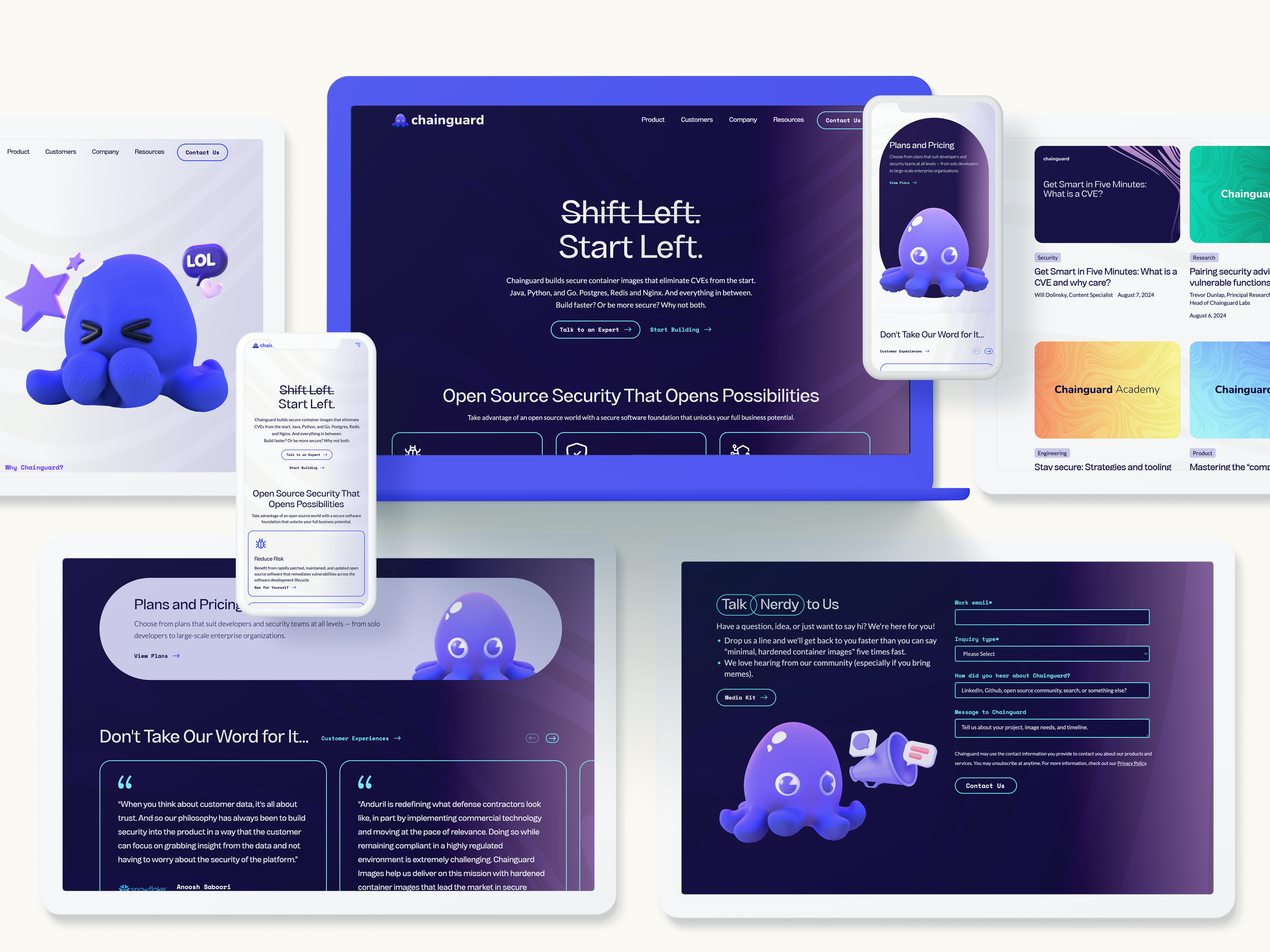
Measuring Success in B2B Influencer Campaigns
B2B sales cycles are long, complex, and rarely linear—so measuring influencer success goes beyond likes and impressions. Instead, look at:
- Engagement from the right audience segments
- Referral traffic to key landing pages or assets
- Influencer-generated content performance over time
- Assisted conversions and pipeline attribution (via UTM tracking or CRM insights)
- Brand sentiment and earned media mentions
And don’t overlook qualitative feedback: the comments, DMs, or offline conversations that signal credibility is taking root.
Influencer Marketing Is Trust Marketing
At its core, B2B influencer marketing isn’t about going viral. It’s about meeting buyers where they are, with voices they already trust. When executed strategically, it doesn’t just boost awareness—it shapes decisions, accelerates journeys, and positions your brand as a true authority within a niche.
Want to Build Your Own Influencer Ecosystem?
Bluetext helps B2B brands develop influencer strategies tailored to their vertical, audience, and goals. Whether you’re looking to launch a full-scale program or test the waters with a single campaign, we can help you activate the voices that matter.
Contact us to learn how we help brands earn trust, one niche voice at a time.
When marketers think of social media for B2B, the usual suspects come to mind—LinkedIn, X (formerly Twitter), and maybe YouTube. Reddit? It’s often written off as the Wild West of the internet: chaotic, anonymous, and unpredictable. But for those willing to navigate its nuances, Reddit can be a goldmine of insight, authenticity, and B2B engagement.
Reddit isn’t just cat memes and AMAs from celebrities. It’s a thriving ecosystem of professionals, buyers, engineers, and decision-makers asking questions, solving problems, and sharing unfiltered opinions. For B2B marketers, that’s an opportunity you can’t afford to ignore—so long as you approach it the right way.
Why Reddit Deserves a Spot in Your B2B Strategy
Reddit is the sixth most-visited site in the U.S., boasting over 1.7 billion visits per month. What sets it apart isn’t just the scale—it’s the structure. Reddit is divided into thousands of interest-based communities (called subreddits), each with its own culture, norms, and moderators.
This makes Reddit less like a traditional social media platform and more like a decentralized forum. The conversations are honest, often brutally so, and the self-promotion police are always watching. That’s why marketers need to rethink their playbook here.
But when used smartly, Reddit offers three powerful advantages for B2B brands:
- Direct access to niche professional communities
- Real-time market intelligence and customer pain points
- Opportunities for thought leadership in high-trust environments
Reddit vs. Other Platforms: A Different Set of Rules
On Reddit, trust is everything—and users are quick to call out anything that feels like a sales pitch. Unlike algorithm-driven platforms that reward virality, Reddit rewards value. This value usually comes in the form of helpful answers, shared experiences, or genuine discussion.
A few things that make Reddit unique:
- Anonymity encourages honesty
- Users upvote/downvote posts based on value, not popularity
- Each subreddit has its own rules—many ban self-promotion outright
- Engagement is conversation-first, not content-first
In short, you’re not talking at your audience—you’re talking with them.
Where B2B Conversations Are Happening on Reddit
You might be surprised by the depth of professional discussions taking place on Reddit. Whether it’s an IT admin trying to solve a security issue, a founder exploring pricing models, or a marketer testing messaging—Reddit is where professionals go to speak candidly.
Here are a few subreddits worth exploring:
- r/sysadmin – IT infrastructure, troubleshooting, and vendor comparisons
- r/AskEngineers – Engineering insights and technical questions
- r/smallbusiness – Entrepreneurial advice and SaaS tool recommendations
- r/marketing – Strategy, channels, and campaign reviews
- r/legaladvice – Regulatory and compliance discussion (especially useful for legal tech and fintech marketers)
These forums are treasure troves for social listening, offering unfiltered insights into what your target audience actually thinks—and what keeps them up at night.
How to Engage Authentically (And Avoid Getting Downvoted)
Reddit is not the place for traditional brand marketing. Come in too strong, and you’ll get downvoted—or worse, banned. Here’s how to participate without blowing your cover:
✅ Listen Before You Speak
Lurk in relevant subreddits. Track recurring questions. Identify influencers. Get a feel for how your target users communicate and what matters to them.
✅ Be Helpful, Not Promotional
Reddit users respond best to transparency and expertise. If you’re going to comment or post, make sure it adds real value—think troubleshooting advice, experience-based responses, or resource recommendations.
✅ Post as a Person, Not a Brand
Unless you’re hosting an official AMA (Ask Me Anything), it’s better to comment as an individual professional. You’ll build trust more easily that way.
✅ Use Reddit Ads to Test the Waters
Reddit’s paid ad platform allows brands to place content in specific subreddits with high precision. While the organic path takes time, promoted posts can be a safe entry point for testing messaging or driving traffic.
✅ Follow the Rules (Really)
Each subreddit has its own guidelines. Some ban promotional links, others require flairs or minimum karma. Break the rules, and you’re out. Respect the community if you want to stay in it.
Reddit Use Cases for B2B Brands
Done right, Reddit can amplify your marketing efforts:
- Thought Leadership: Host AMAs with product managers, engineers, or subject matter experts
- Product Feedback: Monitor mentions of your product or competitors for unfiltered reviews
- Persona Development: Use real conversations to refine audience personas and messaging
- Content Ideation: Discover trending questions and topics to fuel your blog, SEO, or video content
- Support and Reputation Management: Address concerns in real time or redirect users to support channels
Avoid These Common Reddit Marketing Mistakes
Reddit can be unforgiving. Here’s what to avoid:
- ❌ Posting links without context or commentary
- ❌ Copy-pasting marketing content into threads
- ❌ Creating throwaway accounts just for brand activity
- ❌ Ignoring subreddit rules
- ❌ Being defensive when challenged
If your engagement isn’t authentic, it won’t work—and it could do more harm than good.
Reddit Is a Risk—But a Smart One
Reddit isn’t a plug-and-play platform. It requires research, patience, and a light touch. But for B2B marketers seeking more meaningful engagement and market insight, the upside is huge. It’s one of the few digital spaces where people say what they really think—and if you can navigate it right, your brand can benefit from that raw authenticity.
At Bluetext, we help B2B brands explore emerging digital channels like Reddit with the right strategy, tone, and content to drive real results.
Looking to tap into new communities and platforms? Contact Bluetext to build a social strategy that goes beyond the expected.
In today’s hyperconnected world, brand reputation can be built—or broken—online in a matter of minutes. When a crisis hits, the digital conversation doesn’t pause. Consumers take to social media to voice concerns, share opinions, and demand accountability. For brands, this presents both a challenge and an opportunity. By leveraging social media listening tools, companies can move beyond damage control and into strategic recovery—tracking sentiment, addressing key concerns, and rebuilding trust in real time.
What Is Social Media Listening?
Social media listening is more than just monitoring mentions or counting likes. It’s the process of tracking conversations across social platforms, analyzing sentiment, and extracting insights that can inform strategic action. Unlike basic monitoring, which focuses on individual interactions or metrics, listening dives deeper into the emotional tone, recurring themes, and emerging issues surrounding a brand or industry.
By analyzing this data at scale, brands gain a holistic view of public perception and can proactively respond to trends, concerns, and shifts in sentiment.
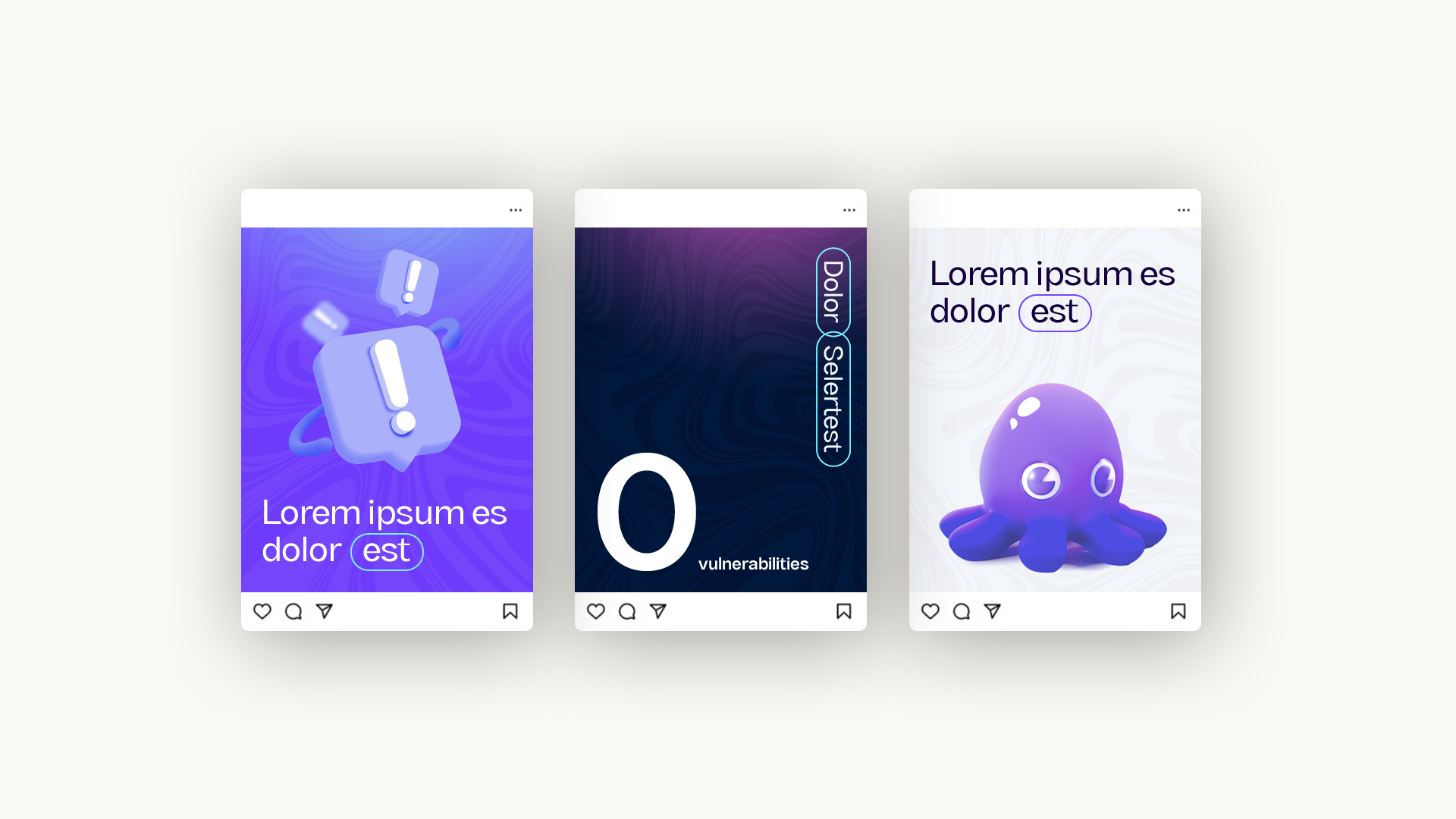
The Role in Crisis and Recovery
In the wake of a crisis—whether it’s a product recall, a leadership controversy, or a service outage—time is of the essence. Social media listening provides brands with a crucial real-time feedback loop. It helps communications teams:
- Gauge sentiment shifts as a crisis unfolds.
- Identify misinformation or rumors gaining traction.
- Understand what matters most to their audience during the fallout.
Armed with these insights, brands can tailor their responses with precision—acknowledging concerns, correcting false narratives, and showing empathy where it matters most. The ability to “read the room” through data helps companies avoid tone-deaf messaging and deliver communications that resonate.
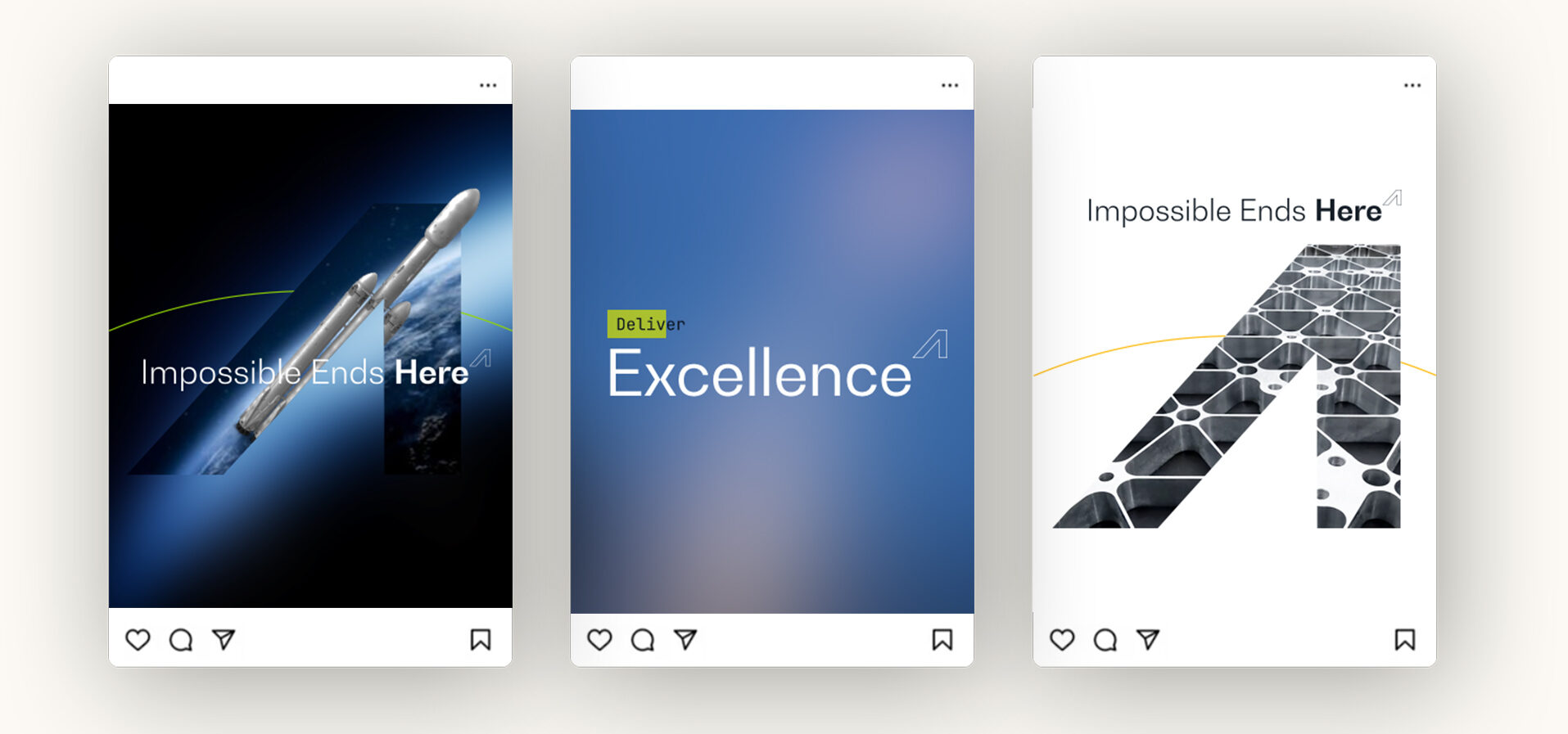
Turning Insights Into Action
Social media listening doesn’t just inform what you say—it shapes what you do. When brands identify recurring themes in feedback, it can lead to meaningful change: updating policies, improving customer service workflows, or even adjusting product features.
For example, if customers are expressing confusion over a recent policy change, a brand might follow up with an explainer video or an FAQ campaign. If frustration is mounting over unacknowledged complaints, prioritizing personalized responses or a public statement can go a long way in restoring credibility.
When your audience sees that their voices are being heard—and acted upon—it fosters a sense of transparency, accountability, and respect.
Tools and Tech That Power Listening
There are a variety of platforms available to help brands implement robust social listening strategies. Tools like Brandwatch, Sprout Social, Talkwalker, and Meltwater use AI and natural language processing to scan and analyze millions of online conversations.
These platforms can surface key insights such as:
- Most mentioned topics or keywords.
- Sentiment scores over time.
- Influential users or communities driving conversations.
While automation is powerful, it’s important to pair these tools with human analysis. Skilled strategists can interpret nuance, cultural context, and subtext that machines may miss, ensuring insights translate into thoughtful, brand-aligned actions.


Best Practices for Using Social Listening in Recovery
To maximize the impact of social listening during reputation recovery, consider the following best practices:
- Set up targeted alerts for key terms, brand variations, competitor names, and emerging hashtags.
- Monitor beyond your own handles—public forums, Reddit threads, TikTok comments, and online reviews can reveal hidden sentiment.
- Build a cross-functional team that includes marketing, PR, customer support, and legal to review and act on insights.
- Document and evolve your crisis response protocols based on what the data reveals during each incident.
- Continue listening long after the news cycle has moved on—perception recovery takes time, and sustained effort is key.
Reputation Recovery Starts with Listening
Recovery isn’t a switch you flip—it’s a journey. And in that journey, listening is your compass. By tuning into your audience’s needs and expectations through social media listening, you not only stay ahead of the conversation—you guide it.
At Bluetext, we help brands move from crisis to comeback through data-driven reputation strategies that prioritize empathy, responsiveness, and transparency.
Struggling to recover from a reputation crisis? Bluetext helps brands leverage social listening and strategic messaging to turn setbacks into comebacks. Contact us to get started.
In today’s digital-first economy, brand perception can outweigh company size. Small and mid-sized enterprises (SMEs) often assume that building a strong brand requires deep pockets—but the truth is, creativity, consistency, and strategy matter more than budget. With the right approach, your business can craft a powerful brand identity that rivals enterprise competitors.
Here’s how SMEs can build a big brand without breaking the bank.
Why Brand Matters—Even for Small Businesses
Your brand is more than a logo—it’s the promise you make to customers, the emotions you evoke, and the personality you project. A strong brand:
- Builds credibility and trust
- Differentiates you in a crowded market
- Attracts the right customers and talent
For SMEs, brand equity is a critical asset—and one that can be cultivated on any budget.
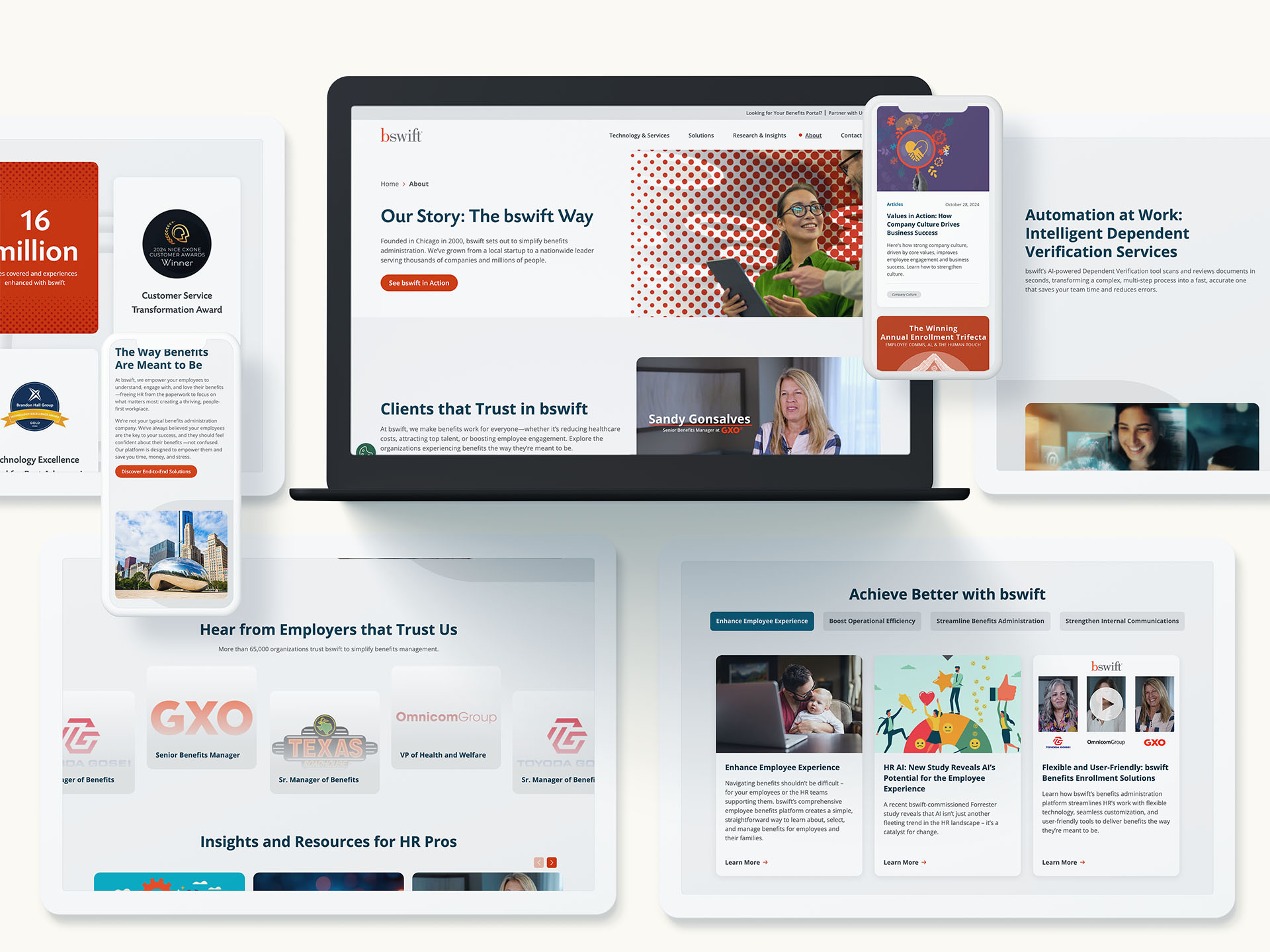

Start with Strategy, Not Spending
Before designing a logo or printing business cards, clarify your brand foundation:
- Mission & Vision: Why do you exist? Where are you headed?
- Core Values: What principles guide your business?
- Brand Personality: Are you bold, approachable, disruptive, or traditional?
- Target Audience: Who are you speaking to, and what matters to them?
This internal clarity becomes the blueprint for every touchpoint that follows.
Build a Visual Identity with Budget-Friendly Tools
A professional appearance doesn’t have to be expensive. Free and low-cost design tools like Canva, Looka, or Figma make it easy to create:
- Logos
- Color palettes
- Typography systems
- Social media templates
Consistency is key. Develop lightweight brand guidelines so your visuals and tone are cohesive across platforms.
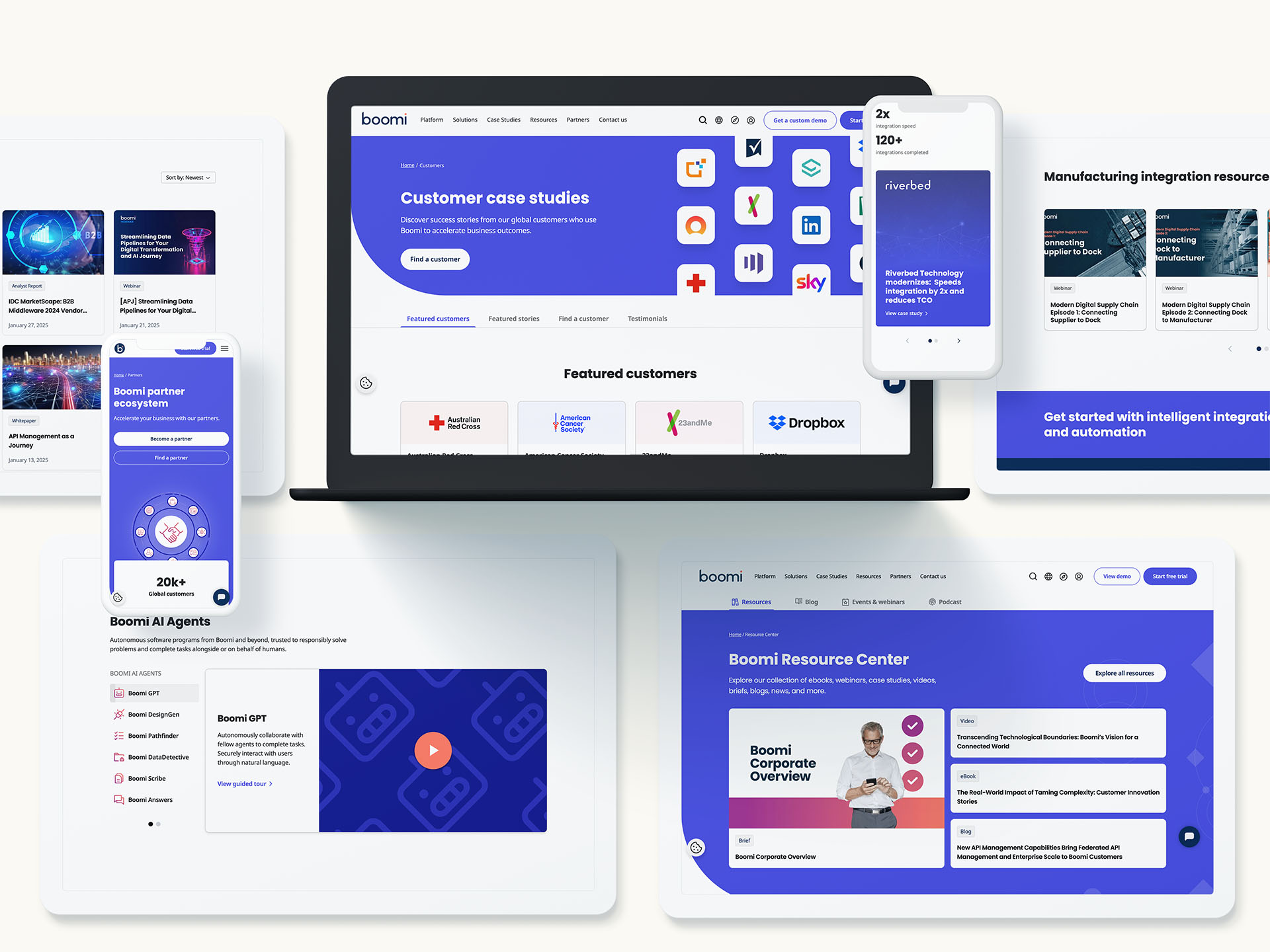

Leverage Low-Cost Digital Channels
Digital marketing levels the playing field for SMEs. Consider these cost-effective strategies:
- Organic Social Media: Focus on platforms where your audience spends time. Show behind-the-scenes content, customer spotlights, and thought leadership.
- Content Marketing: Start a blog and optimize posts for SEO. Share helpful, relevant content that positions your brand as a resource.
- Email Marketing: Use tools like Mailchimp or Brevo to build lists and nurture leads.
- Local SEO: Claim your Google Business Profile, encourage reviews, and optimize your site for local search.
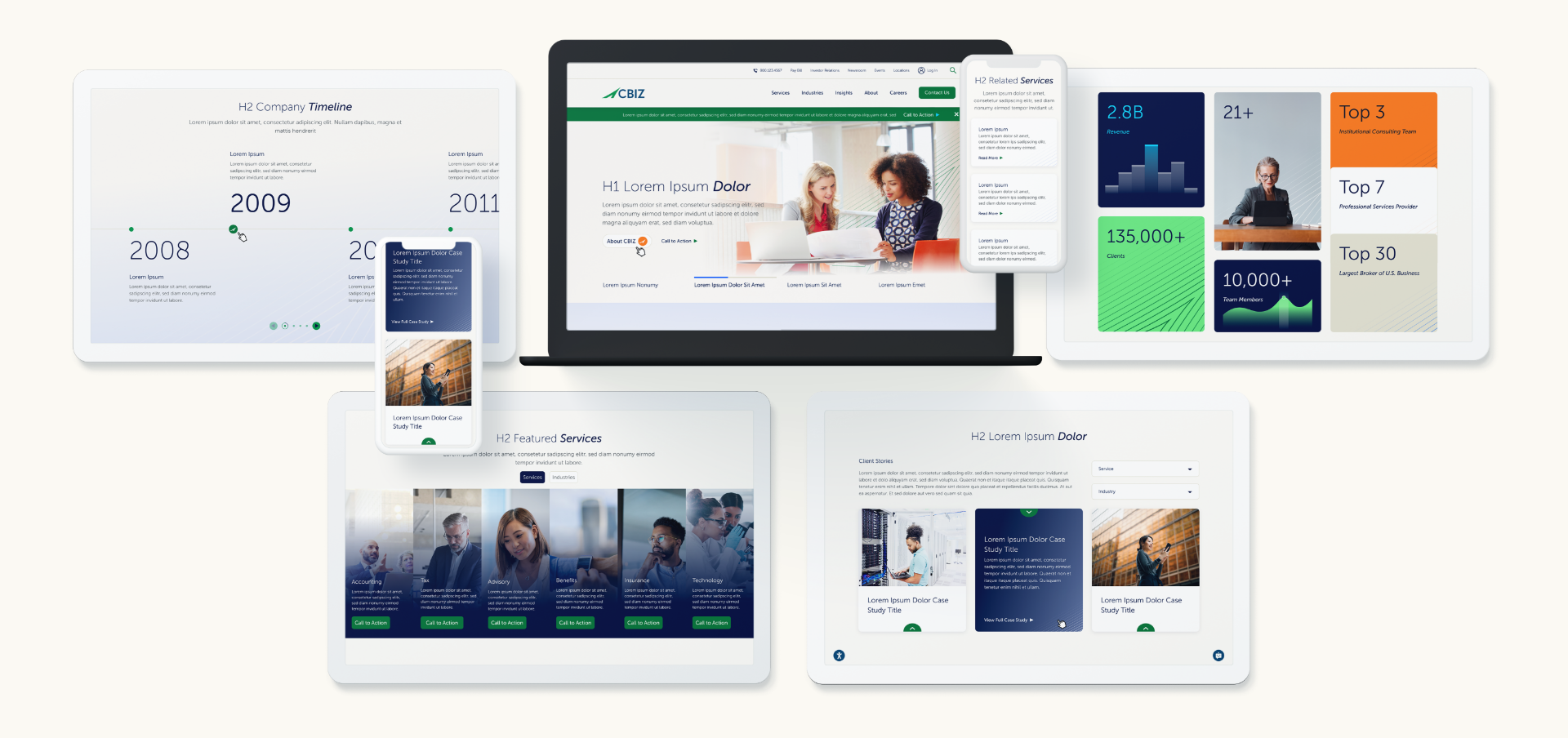

Tell Stories That Stick
Big brands know that storytelling sells—and you can use the same strategy:
- Share your founder’s story to build authenticity.
- Highlight customer success stories to build social proof.
- Use video to humanize your brand without high production costs (hello, smartphone!)
Partner Up and Amplify
Tap into partnerships to increase your reach without increasing spend:
- Collaborate with other SMEs or local influencers
- Launch joint giveaways or events
- Encourage employee advocacy on social media
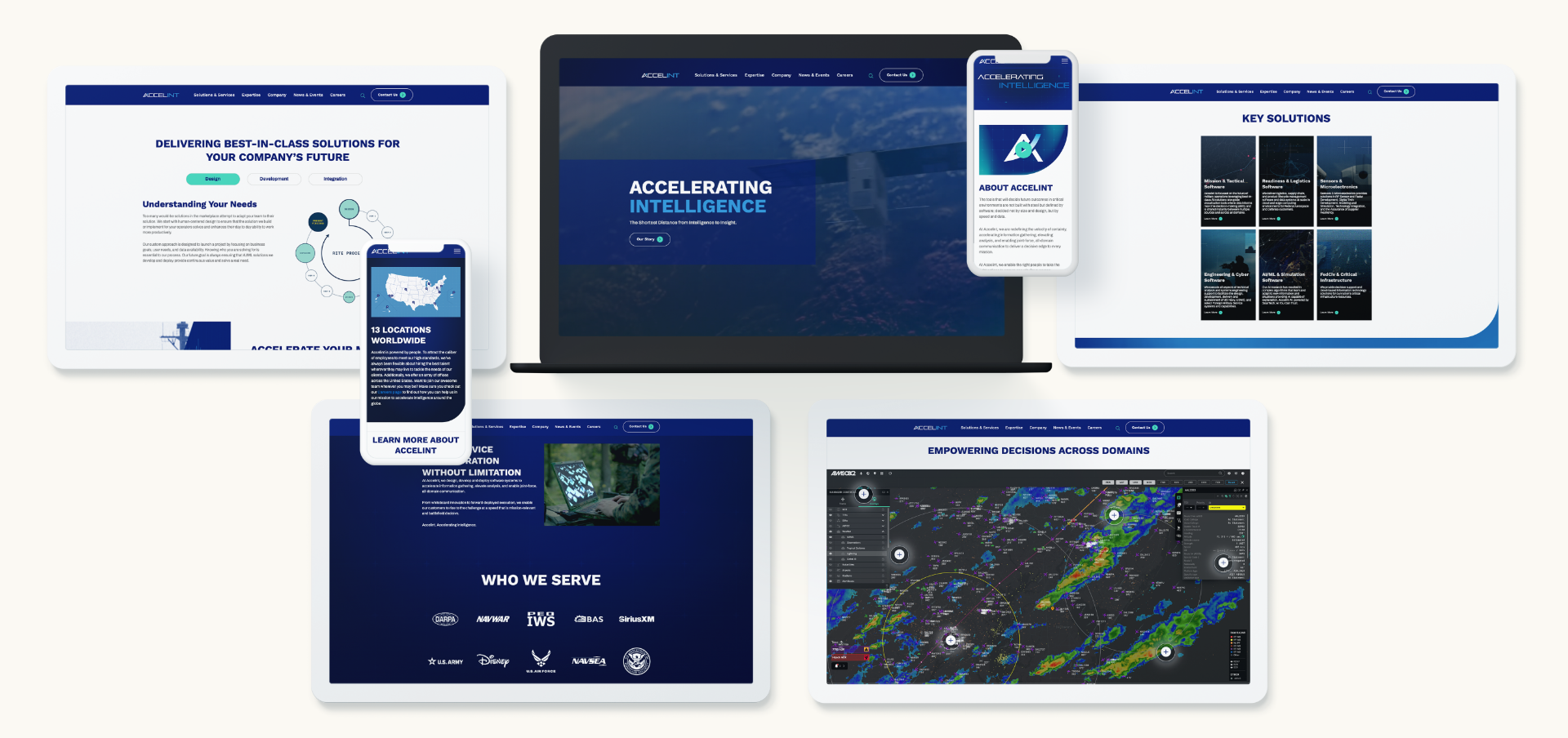

Know Where to Invest
While you can bootstrap many brand assets, some areas are worth the spend:
- A polished website: Often your first impression—make it count.
- Messaging and positioning: A strategic foundation can elevate all future content.
- Targeted campaigns: A well-placed ad or sponsored post can generate high ROI if your audience and creative are dialed in.
Build Bold on a Budget
You don’t need a massive budget to build a memorable brand. With strategic planning, consistent execution, and smart use of digital tools, SMEs can craft a presence that’s as compelling as the industry giants.
Ready to scale your brand without scaling your budget? Contact Bluetext to start building a brand that punches above its weight.
Why Crisis Management Matters More Than Ever
In today’s hyperconnected world, brands must be prepared to respond to crises in real time. Social media, instant news cycles, and viral content mean that missteps can escalate quickly. Whether it’s a cybersecurity breach, PR scandal, or regulatory issue, how a company handles a crisis can define its reputation for years to come.
At Bluetext, we specialize in helping brands develop and execute crisis communication strategies that safeguard their reputation and maintain public trust. Here’s how your company can prepare for and respond to crises effectively.
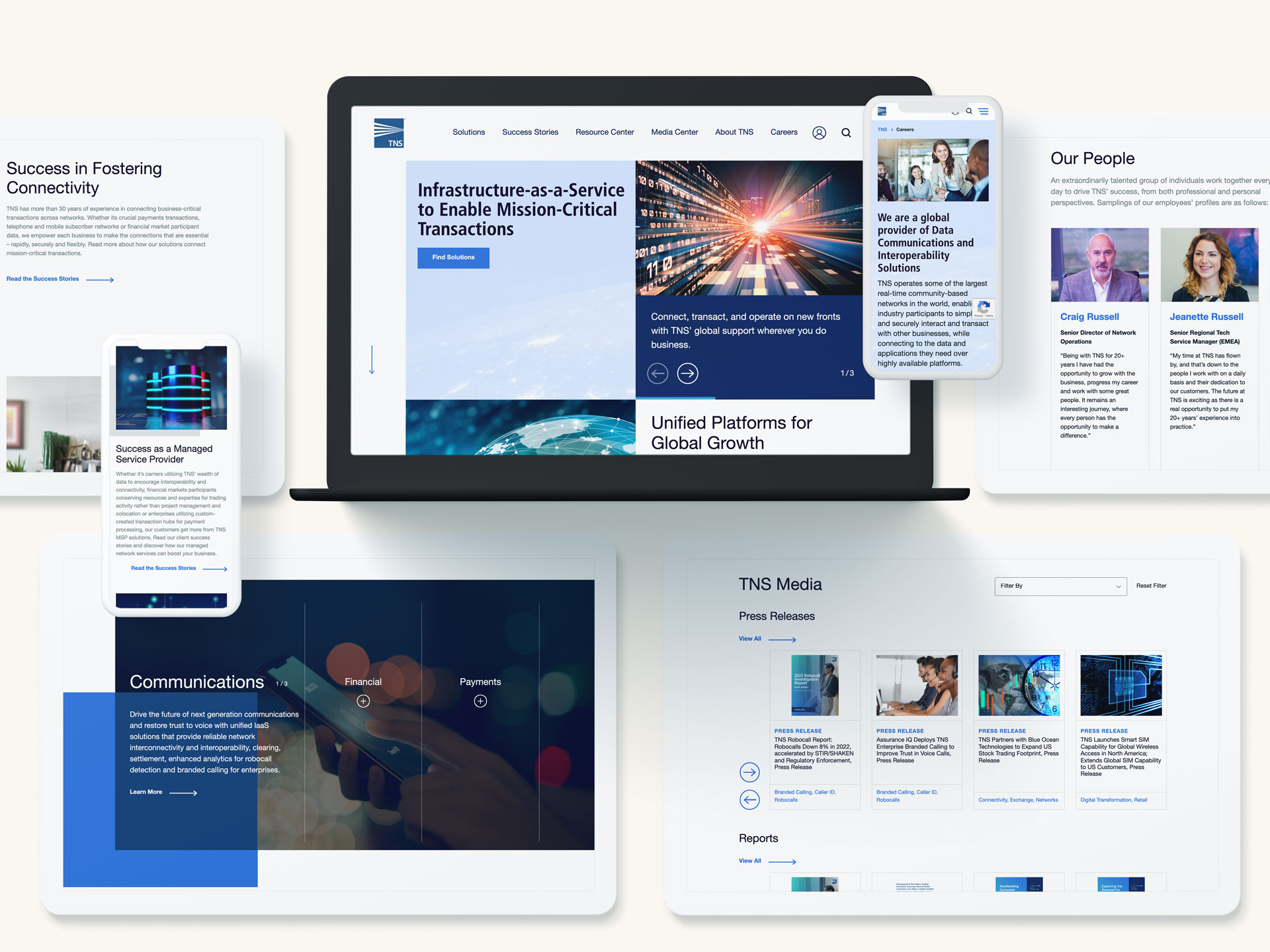

Understanding the Modern Crisis Landscape
Crisis situations can arise from various sources, including:
- Cybersecurity threats: Data breaches and hacks can compromise customer trust.
- Regulatory non-compliance: Failing to adhere to industry standards can lead to public scrutiny.
- Executive missteps: Social media blunders and controversial statements can quickly spiral.
- Product failures or recalls: Negative customer experiences can damage brand credibility.
Recognizing potential risks allows brands to proactively develop response strategies before a crisis unfolds.
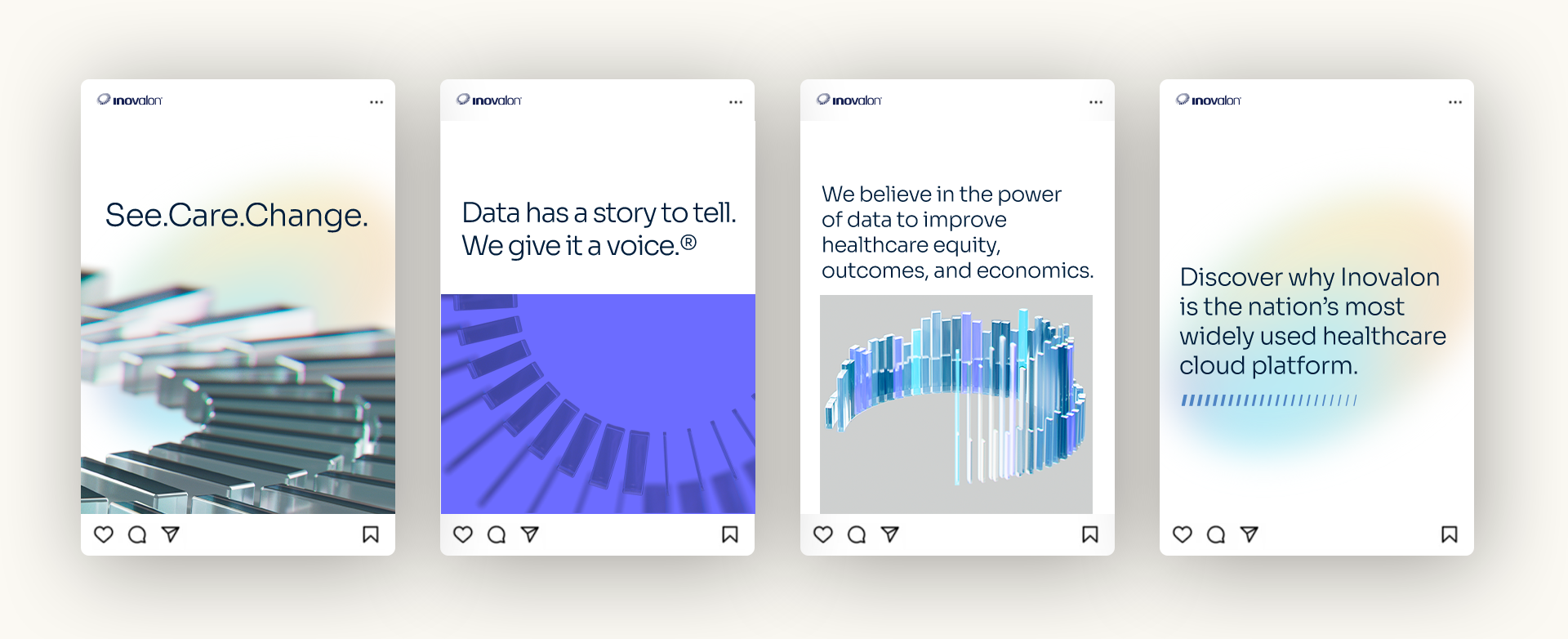

Building a Crisis-Ready Organization
Preparation is the foundation of effective crisis management. Brands should:
- Establish a dedicated crisis response team with clear roles and responsibilities.
- Develop pre-approved messaging frameworks to ensure consistent, on-brand responses.
- Conduct regular crisis simulations to test response protocols and identify improvement areas.
Executing an Effective Crisis Response
During a crisis, swift and strategic action is essential. Key steps include:
- Control the narrative: Issue an initial response promptly to acknowledge the situation.
- Communicate transparently: Provide accurate information and avoid speculation.
- Engage with stakeholders: Address concerns through social media, press releases, and direct communication.
- Monitor and adapt: Use social listening tools to gauge public sentiment and adjust messaging accordingly.
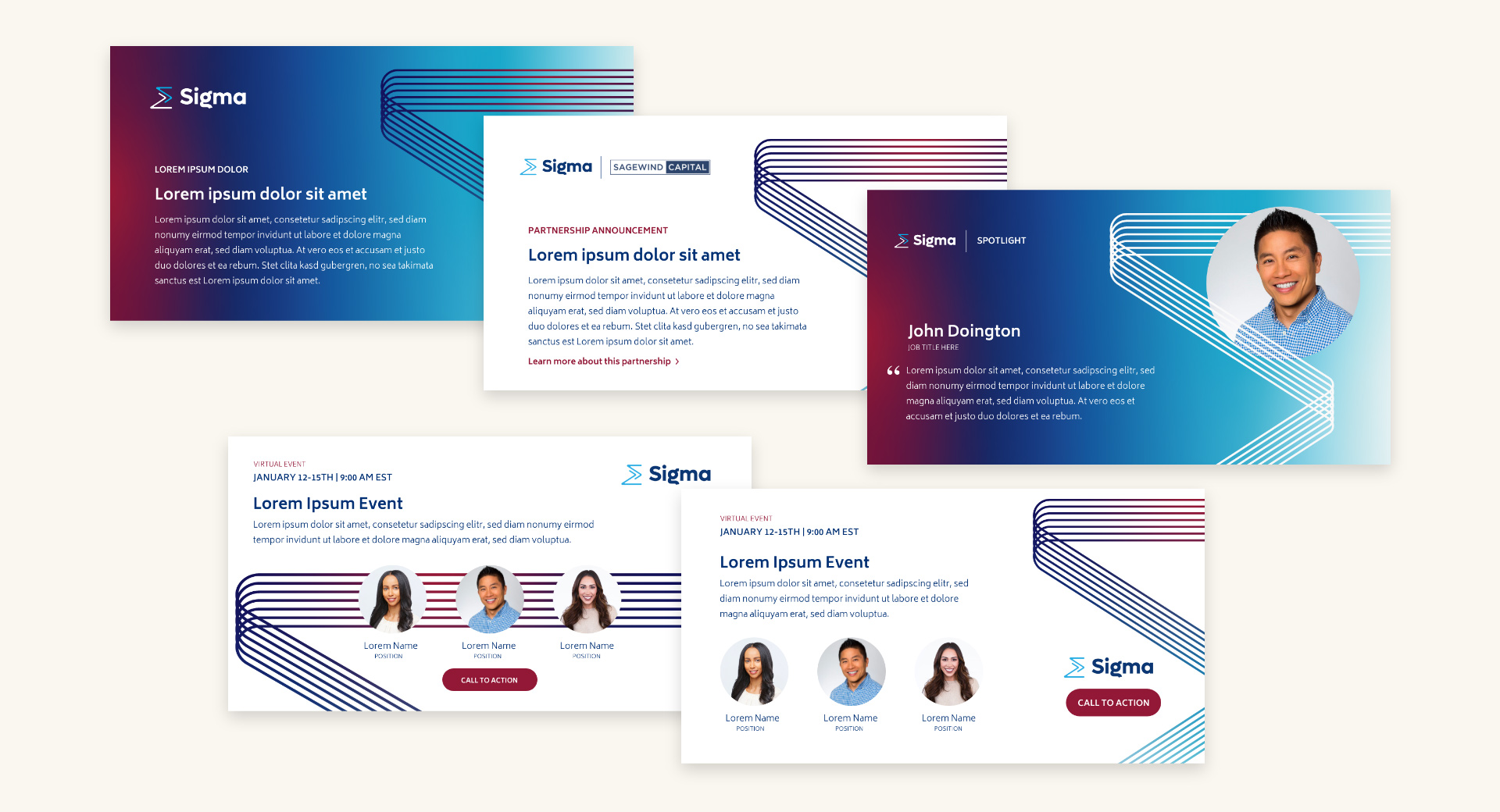

Rebuilding Trust After a Crisis
Once the crisis is under control, brands must focus on reputation recovery by:
- Demonstrating accountability: Clearly outlining corrective actions taken.
- Engaging with key audiences: Reassuring customers, partners, and stakeholders.
- Enhancing long-term brand resilience: Implementing lessons learned to improve future crisis responses.
How Bluetext Can Help
Crisis management requires a proactive approach, strategic execution, and expert guidance. At Bluetext, we help brands develop tailored crisis communication plans to navigate challenges with confidence. Contact us today to ensure your organization is prepared for any crisis scenario.
In today’s hyper-connected world, crises unfold in real time, amplified by social media, 24/7 news cycles, and instant communication. The days when brands had the luxury of carefully crafting a response over hours or days are long gone. Now, organizations must react swiftly, transparently, and strategically to manage crises effectively. This blog explores the transformation of crisis management in the digital age and outlines best practices for brands to navigate challenges while maintaining trust with their audience.
The New Landscape of Crisis Management
Before the digital era, crisis management primarily relied on traditional media channels—press releases, news conferences, and carefully managed public relations strategies. Today, crises can escalate within minutes, driven by viral social media posts, influencer commentary, and rapid news dissemination. Some of the key challenges brands face in this environment include:
- Speed of Information Spread: A single tweet or video can reach millions within minutes, making it crucial for brands to respond quickly.
- Misinformation and Fake News: False narratives can take hold before brands even have a chance to react, complicating crisis containment.
- Increased Consumer Expectations: Audiences demand immediate transparency, accountability, and direct engagement from brands during crises.



Strategies for Crisis Management in the Digital Age
To effectively navigate crises, brands must implement modern strategies that align with the fast-paced nature of digital communication.
1. Real-Time Monitoring and Social Listening
Crisis management begins before a crisis even arises. Leveraging social listening tools and AI-powered analytics can help brands detect potential issues early, allowing for proactive measures.
2. Develop a Crisis Communication Plan
Having a predefined crisis response framework enables brands to react quickly and consistently. A strong crisis plan should include:
- A dedicated response team
- Clear escalation protocols
- Pre-approved messaging templates for different scenarios
3. Respond Quickly, But Thoughtfully
While speed is critical, a hasty, poorly crafted response can do more harm than good. Brands should:
- Acknowledge the issue promptly
- Provide factual, transparent updates
- Avoid defensive or dismissive language
4. Engage with Stakeholders Effectively
Stakeholder trust is vital during a crisis. Brands should communicate with employees, customers, partners, and the public through appropriate channels, ensuring consistent messaging across all platforms.
5. Learn from Past Crises
Case studies of past crises—both successful and failed responses—can provide valuable insights. Brands should analyze:
- How similar situations were handled
- What worked and what didn’t
- How communication strategies influenced public perception
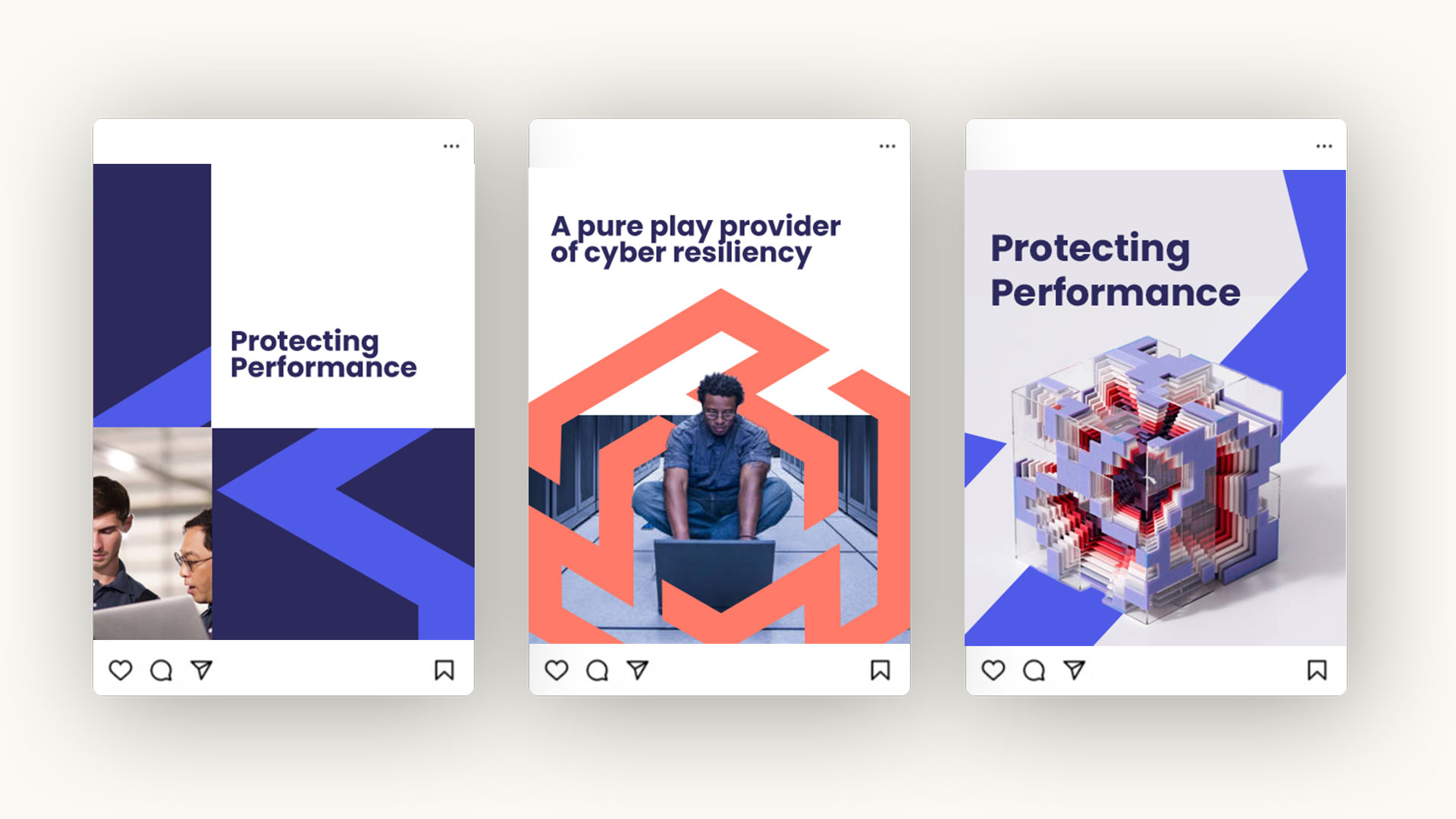

The Role of AI and Automation in Crisis Management
Artificial intelligence is playing an increasing role in crisis management, offering capabilities such as:
- AI-driven sentiment analysis: Identifying negative trends before they escalate
- Chatbots and automation: Providing instant responses to customer concerns
- Predictive analytics: Assessing potential risks based on historical data
Preparing for the Future of Crisis Management
The digital landscape will continue evolving, and brands must stay ahead of emerging challenges. Organizations should:
- Invest in crisis simulation exercises
- Strengthen their digital media teams
- Maintain open communication with their audience


Need Expert Crisis Communication Support?
Navigating a crisis requires expertise, agility, and a well-structured plan. Bluetext specializes in helping brands develop comprehensive crisis communication strategies that protect their reputation and maintain public trust. Contact Bluetext today to ensure your brand is prepared for the unexpected.
Social media advertising is constantly evolving, and 2025 is bringing new trends, technologies, and regulations that marketers must navigate. Here’s what’s changing and how brands can stay ahead.
1. AI-Powered Ad Personalization
AI-driven algorithms are making social media ads more personalized than ever. Platforms like Meta and TikTok now offer real-time content adaptation based on user behavior.
Action: Leverage AI tools to create dynamic, personalized ad experiences that increase engagement and conversion rates.
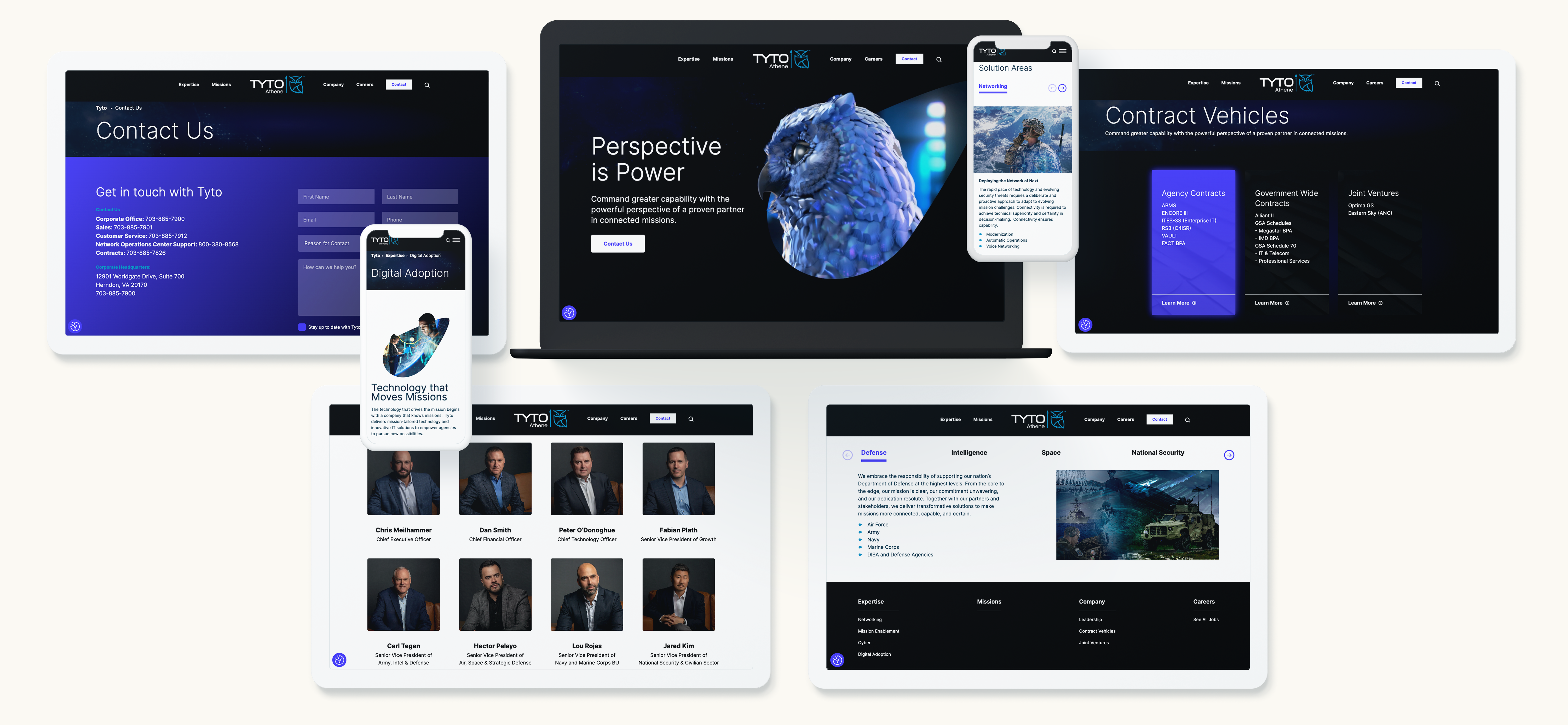

2. Increased Privacy Regulations and First-Party Data Reliance
With growing privacy concerns, platforms are reducing reliance on third-party cookies. Brands must focus on first-party data collection through lead magnets and customer loyalty programs.
Action: Implement robust data collection strategies to maintain targeted advertising effectiveness.
3. The Rise of AR and VR Ads
Immersive experiences are gaining traction, with brands using augmented reality (AR) and virtual reality (VR) in social ads to create interactive experiences.
Action: Explore AR filters and VR experiences to boost engagement and brand recall.
4. Expansion of Social Commerce
Social media platforms continue integrating e-commerce capabilities, allowing users to purchase directly within apps like Instagram, TikTok, and Pinterest.
Action: Optimize social commerce strategies by creating shoppable content and streamlining in-app purchasing experiences.


5. Video-First Advertising
Short-form video remains the dominant format, with platforms prioritizing vertical video content.
Action: Invest in high-quality, engaging video content tailored to platform-specific algorithms.
Stay Ahead in Social Media Advertising
The digital landscape is shifting rapidly, and staying informed is key to maintaining an edge. Need help navigating social media advertising in 2025? Bluetext can guide you in crafting high-performing campaigns that drive results.
Omnichannel marketing is about creating a seamless experience for customers across all touchpoints. Whether it’s in-store, online, or via mobile, consumers expect a cohesive journey. According to a Harvard Business Review study, 73% of shoppers use multiple channels during their purchase journey, making these strategies essential for success.
Why Omnichannel Marketing Matters
Consumers today have more choices than ever, and they expect personalized, consistent experiences. Omnichannel marketing helps:
- Increase customer retention
- Boost brand loyalty
- Improve overall customer satisfaction
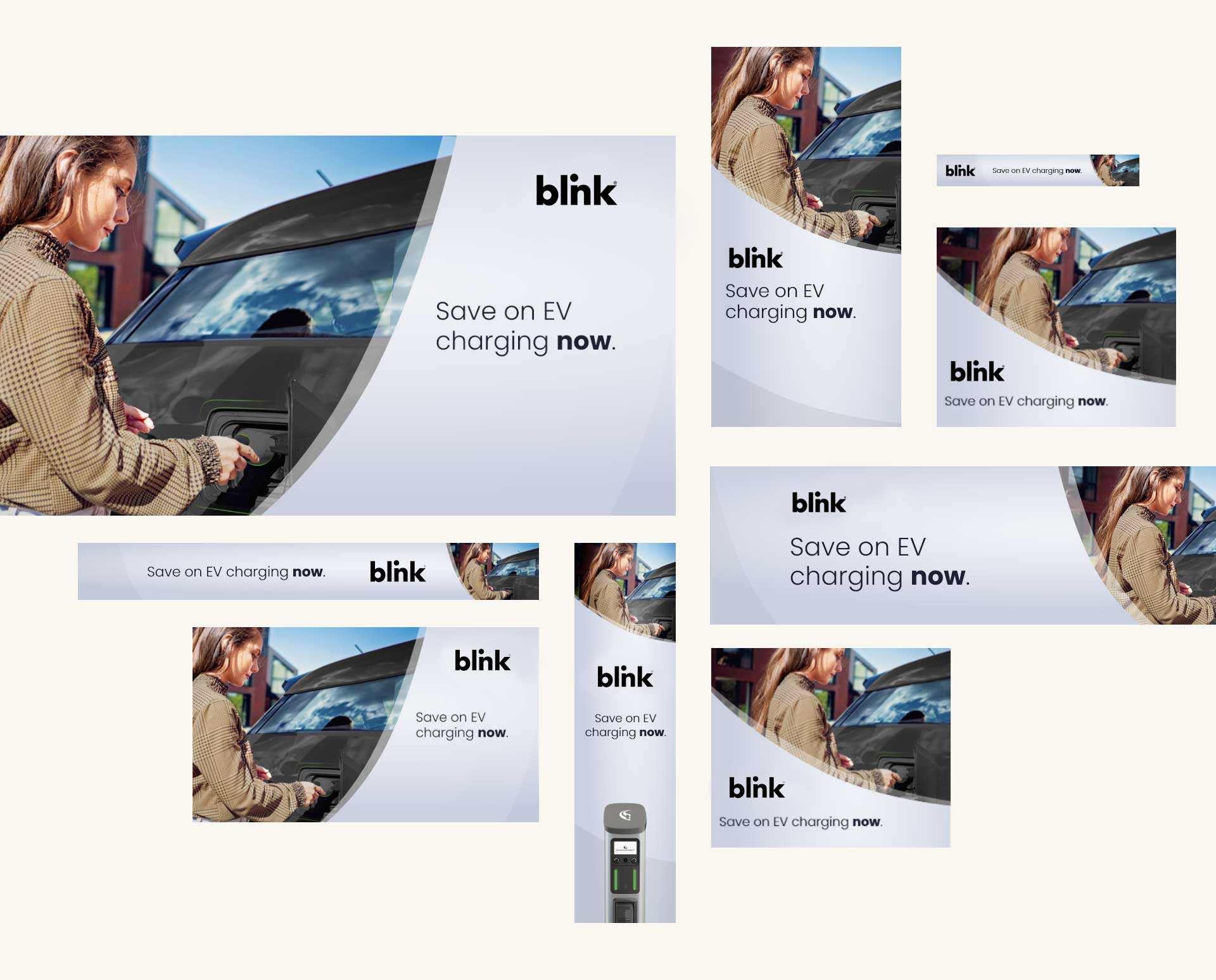

Building a Successful Omnichannel Strategy
- Understand Your Customer Journey
- Map out every touchpoint, from discovery to purchase.
- Integrate Technology
- Use tools like CRM systems, marketing automation, and data analytics to connect channels.
- Personalize the Experience
- Leverage customer data to offer tailored recommendations and promotions.
- Ensure Consistency
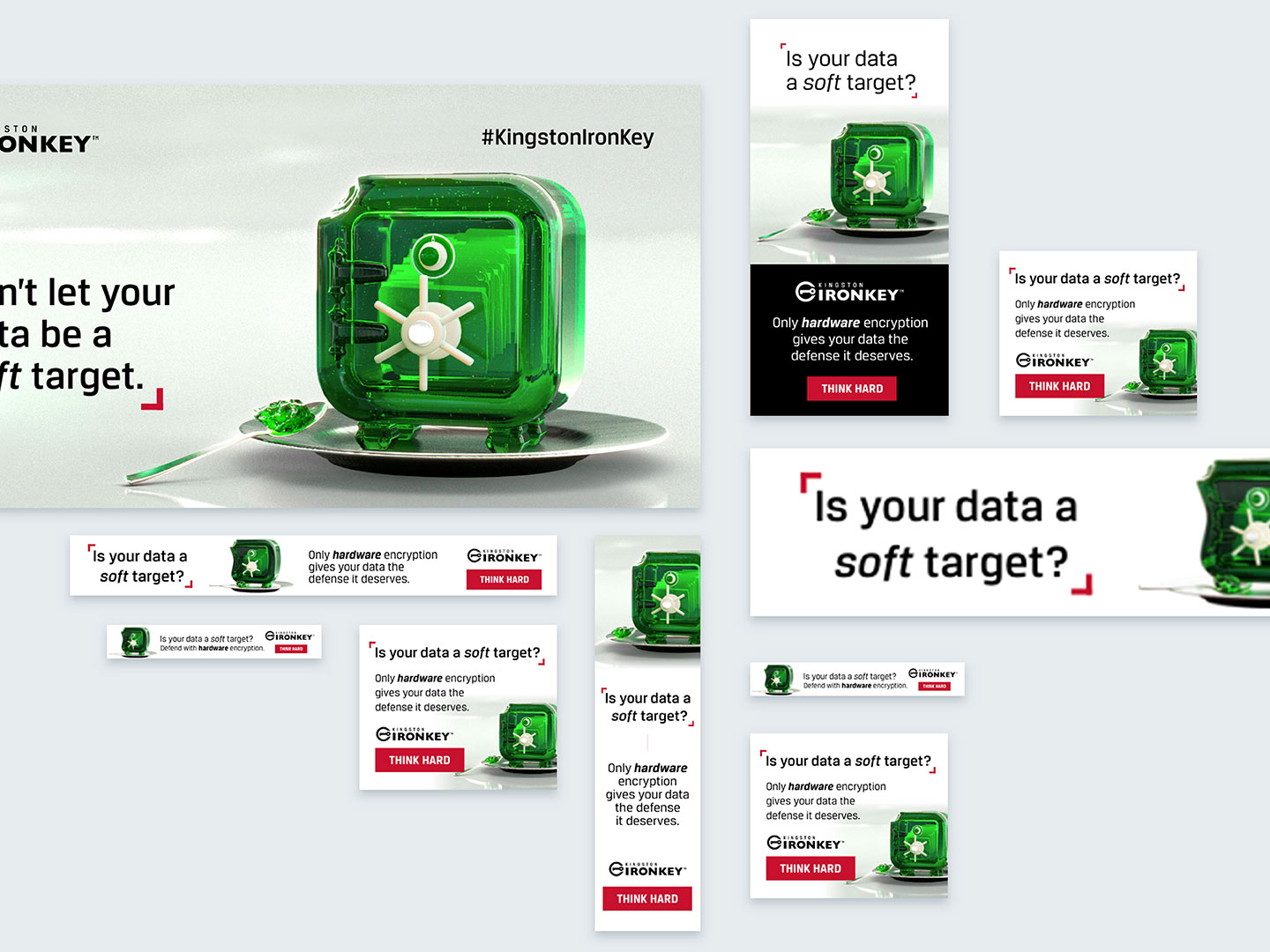

Challenges and How to Overcome Them
- Data Silos
- Consolidate data from various platforms to gain a 360-degree view of the customer.
- Technological Barriers
- Invest in scalable, integrated solutions to streamline operations.
- Maintaining Consistency
- Regularly audit your marketing efforts to ensure alignment across channels.


The Future of Customer Engagement
Omnichannel marketing is no longer optional; it’s a necessity for brands that want to stay competitive. By creating cohesive experiences, you can build stronger relationships with your customers and drive long-term growth.
Ready to revolutionize your customer experience? Contact Bluetext to develop an omnichannel strategy tailored to your brand.
The sudden return of TikTok to the U.S. market after its temporary ban highlights just how volatile the social media landscape can be. For brands, this serves as a wake-up call: relying too heavily on one platform is a risk that can leave your marketing strategy vulnerable to disruption. Whether it’s a regulatory issue, a platform shutdown, or shifting consumer preferences, diversifying your social media strategy is critical to long-term success.
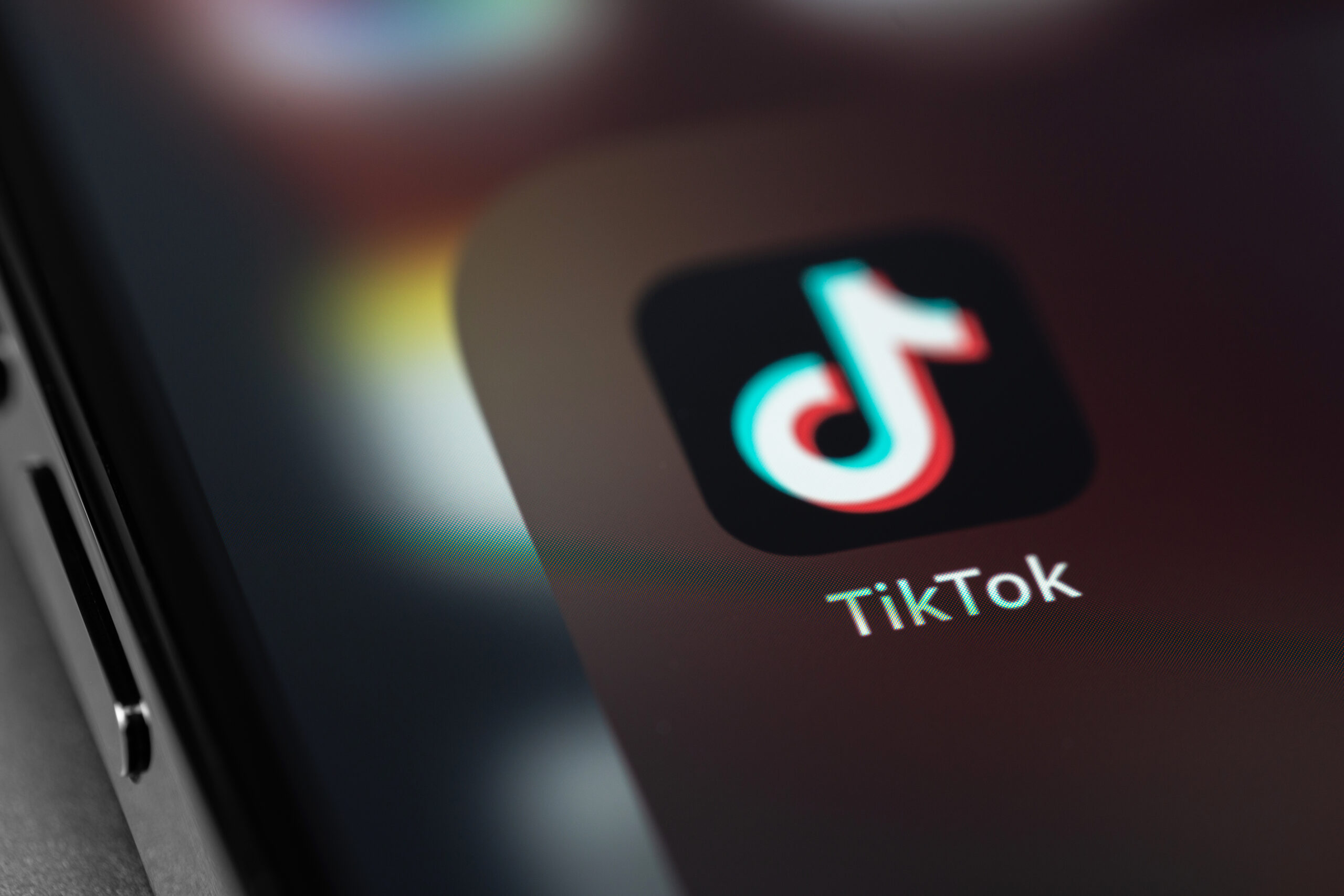

What Happened with TikTok?
Earlier this year, TikTok faced a significant setback when a U.S. ban temporarily removed the platform from app stores. Millions of brands and creators scrambled to save their content and pivot to other platforms. However, following regulatory adjustments and new compliance agreements, TikTok is back online and fully operational. This incident underscores the importance of adaptability in an era where platforms can rise and fall overnight.


Why Diversification Is Key
Social media platforms are powerful but unpredictable. A robust marketing strategy doesn’t just rely on one platform—it ensures that your brand can thrive no matter what happens in the digital space. Here are key reasons to diversify:
- Mitigating Risk: If one platform faces regulatory issues, algorithm changes, or shutdowns, your brand won’t be left without a digital presence.
- Reaching Varied Audiences: Each platform attracts a unique demographic. Expanding your presence ensures you connect with different segments of your target audience.
- Staying Ahead of Trends: New platforms often emerge, offering fresh opportunities for engagement. Diversifying allows you to explore these trends without abandoning your core strategy.
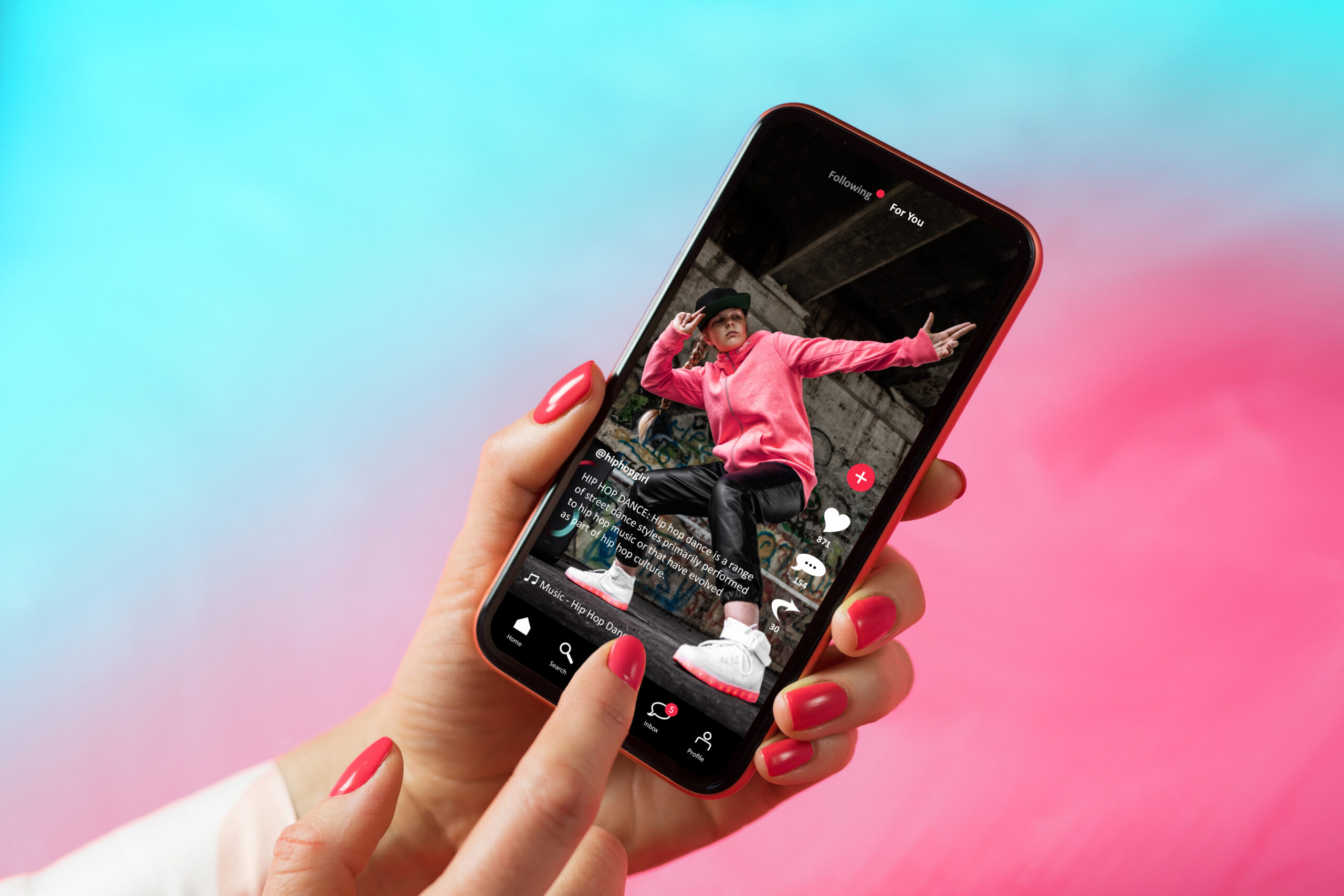

Strategies for a Resilient Social Media Presence
To future-proof your social media marketing, consider these actionable strategies:
- Spread Your Content Across Platforms: Ensure your content lives on multiple platforms, such as Instagram, YouTube, LinkedIn, and emerging channels. Cross-platform promotion not only diversifies your reach but also reinforces your messaging.
- Develop Platform-Specific Strategies: Tailor your content to fit the strengths of each platform. For example, short-form videos might work best on TikTok and Instagram Reels, while thought leadership posts excel on LinkedIn.
- Leverage Owned Media: Focus on building your email list, blog, and website traffic to reduce reliance on third-party platforms. Owned media provides a stable foundation for your brand’s digital presence.
- Monitor Platform Trends: Keep an eye on the evolving features and regulations of existing platforms while staying informed about emerging players in the social media space.
- Create Evergreen Content: Prioritize content that can be repurposed and reused across platforms to maximize its lifespan and impact.
Preparing for the Future
The TikTok ban and subsequent return is a reminder that change is inevitable in the digital landscape. By adopting a diversified, adaptable social media strategy, your brand can weather any disruption and emerge stronger. The key is to stay flexible, stay informed, and continuously innovate.
Need help building a resilient social media strategy? Contact Bluetext to develop a plan that keeps your brand ahead of the curve.
The defense and aerospace industries operate at the forefront of innovation, delivering mission-critical solutions that shape global security, technological advancement, and exploration. However, these sectors face unique challenges in branding and marketing: balancing innovation with reliability, maintaining compliance while staying competitive, and catering to a diverse audience of government agencies, contractors, and commercial stakeholders.
Building a future-ready brand requires a deliberate approach that aligns cutting-edge technology with values of trust, performance, and adaptability. This blog explores the core pillars of branding for defense and aerospace services, strategies for engaging stakeholders, and how to position your company for long-term success.
The Core Pillars of a Future-Ready Defense & Aerospace Brand
Innovation is the lifeblood of defense and aerospace industries. Whether it’s the latest in unmanned systems, AI integration, or space exploration, your brand must be synonymous with groundbreaking technology. Highlight your R&D efforts, use storytelling to explain complex innovations, and showcase your adaptability to emerging trends and technologies.
Reliability is non-negotiable in high-stakes industries where lives, security, and billions of dollars are on the line. Focus on safety, durability, and proven performance. Share case studies and testimonials that illustrate your dependability and use certifications and compliance records to build trust.
Operating within strict regulatory frameworks is central to success. A brand built on compliance and integrity reflects a commitment to ethical practices and government standards. Be transparent about how you meet regulations and international norms while positioning compliance as a value-added benefit for stakeholders.


Strategies for Marketing to Diverse Stakeholders
Tailoring your messaging to government agencies is essential. Emphasize mission alignment, cost-effectiveness, and measurable results. Use whitepapers, webinars, and direct outreach campaigns to demonstrate your ability to address national security priorities or reduce operational costs.
For commercial clients, highlight the dual-use applications and scalability of your technologies. Trade shows, industry publications, and digital campaigns are ideal platforms to showcase your offerings. Case studies that illustrate how aerospace innovations can adapt to commercial aviation or logistics needs can help broaden your appeal.
Public relations efforts are critical for building trust and credibility. Participate in industry panels, write guest articles, and secure media coverage. Position your executives as thought leaders who can offer insights on innovation and policy trends.


Leveraging Digital Tools for Branding
A robust online presence begins with an optimized website that highlights innovation, case studies, and compliance. Use interactive elements like 3D models, virtual tours, or demo videos to engage visitors.
Social media and digital campaigns can effectively reach specific audiences. LinkedIn, in particular, allows you to connect with decision-makers in both government and private sectors. Complement this with targeted ads and content marketing, including blogs, whitepapers, and infographics that showcase expertise.
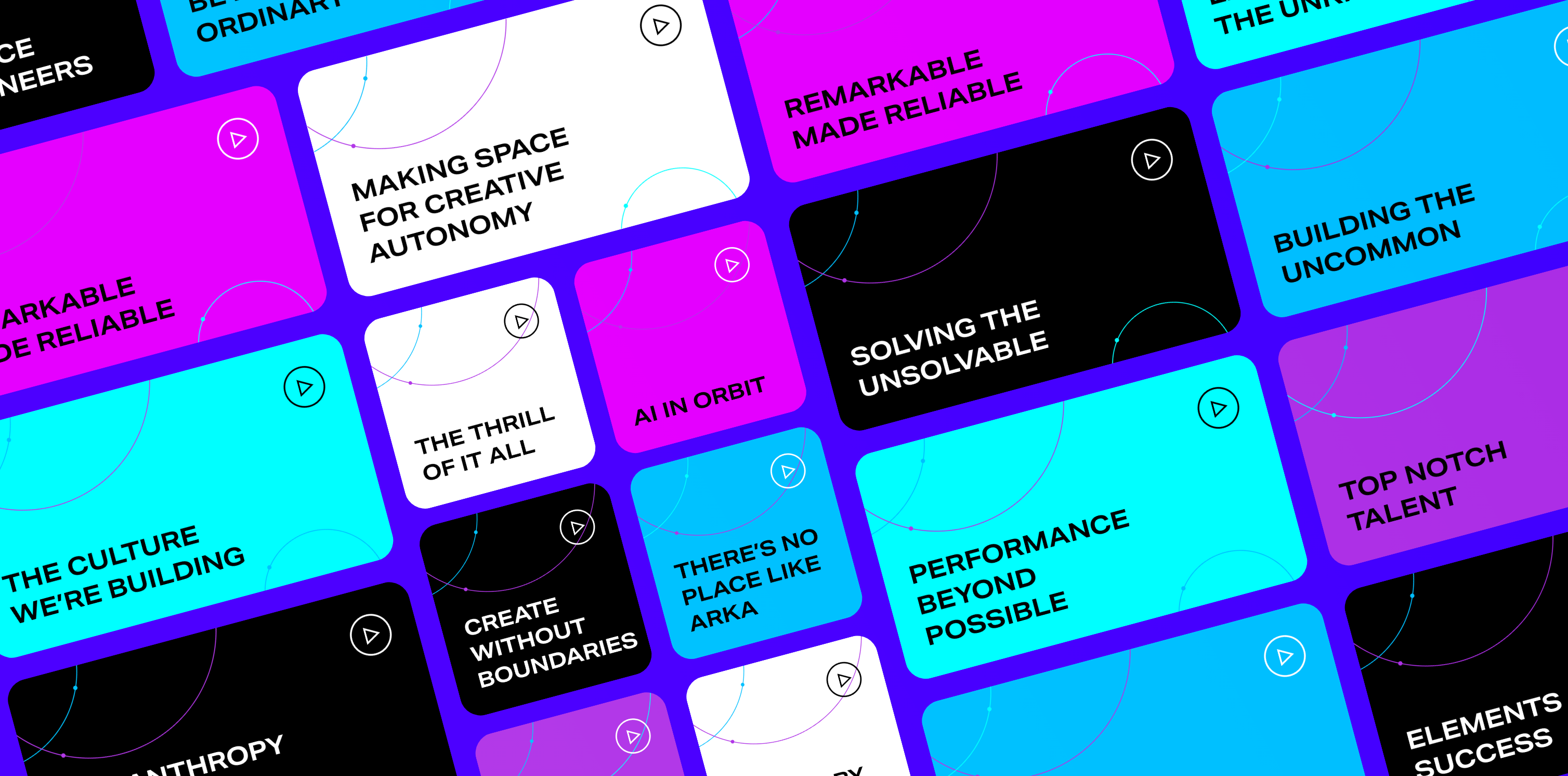

Challenges and Considerations
Balancing transparency with confidentiality is vital. Share enough to build trust while safeguarding sensitive operational details. Navigating geopolitical sensitivities and aligning branding with international norms ensures broader market relevance. Staying ahead of rapid technological and policy changes requires regular updates to your messaging and strategy.
Becoming a Future-Ready Brand
Innovation and reliability are the cornerstones of defense and aerospace branding. By building trust through transparent messaging, demonstrating leadership in cutting-edge technologies, and tailoring outreach to diverse stakeholders, you can position your company as a future-ready leader in these industries.
Looking to build a brand that stands out in defense and aerospace? Contact Bluetext to explore tailored strategies that position your company for long-term success.